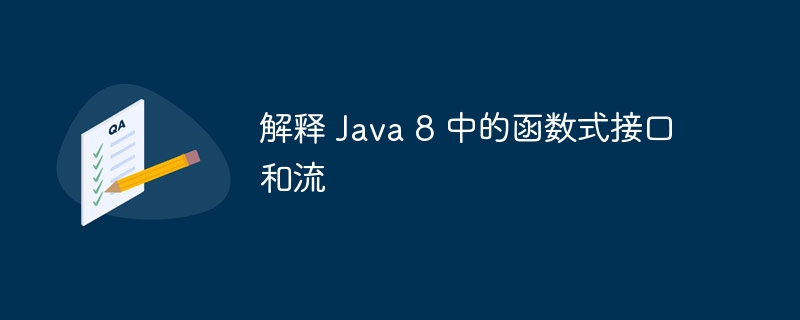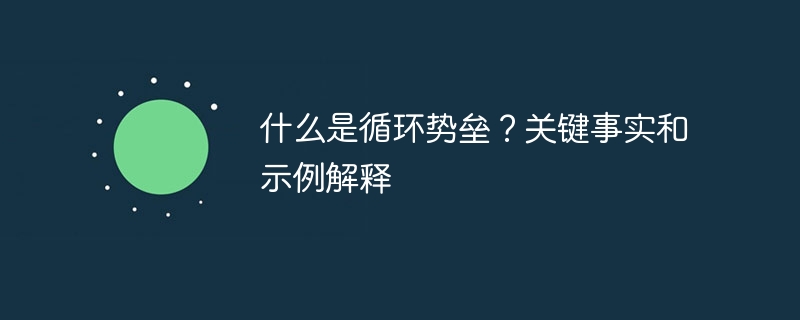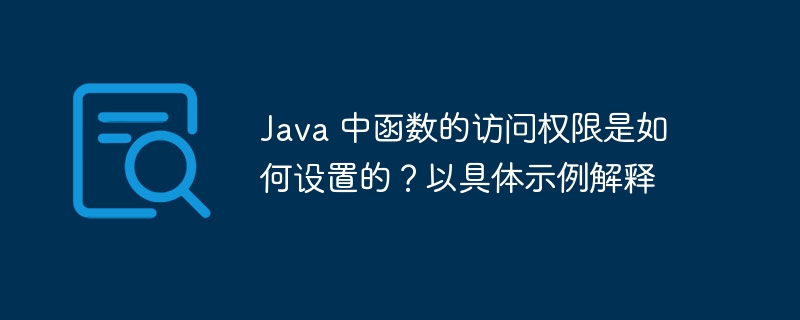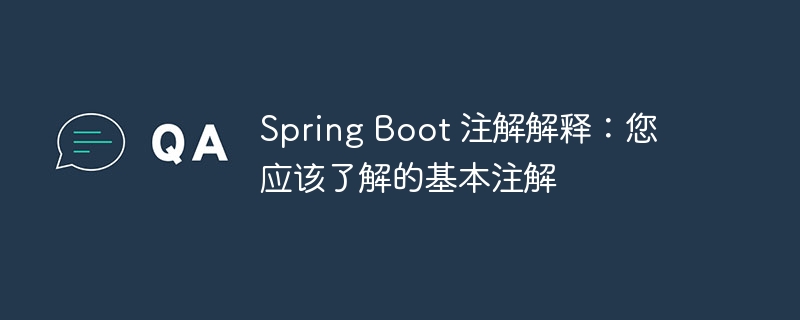
java 8 中的函数式接口和流
流概述
流是 java 8 中引入的新抽象,允许对元素集合进行函数式操作。它们提供了一种以声明方式处理元素序列(如列表或集合)的方法。
将函数式接口与流结合使用
函数式接口在 stream api 中起着至关重要的作用,因为它们用于定义过滤、映射和归约等操作的行为。
1. 在流中使用谓词
filter() 方法使用谓词来确定要在结果流中包含哪些元素。
list<string> names = arrays.aslist("alice", "bob", "charlie", "david");
list<string> filterednames = names.stream()
.filter(name -> name.startswith("a"))
.collect(collectors.tolist());
system.out.println(filterednames); // output: [alice]
</string></string>
2. 将函数与流一起使用
map() 方法将函数应用于流中的每个元素,将其转换为另一种形式。
list<integer> lengths = names.stream()
.map(string::length)
.collect(collectors.tolist());
system.out.println(lengths); // output: [5, 3, 7, 5]
</integer>
3. 将 consumer 与 streams 结合使用
foreach() 方法采用一个使用者来定义如何处理流中的每个元素。
names.stream()
.foreach(name -> system.out.println(name)); // prints each name
4. 使用带有流的供应商
供应商可用于为收集结果等操作提供初始值。
supplier<list>> listsupplier = arraylist::new;
list<string> collectednames = names.stream()
.filter(name -> name.length() > 3)
.collect(listsupplier, list::add, list::addall);
system.out.println(collectednames); // output: [alice, charlie]
</string></list>
5. 将 binarayoperator 与流结合使用
reduce() 方法使用二元运算符将元素组合成单个结果。
Optional<integer> totalLength = names.stream()
.map(String::length)
.reduce(0, Integer::sum);
System.out.println(totalLength.get()); // Output: 20
</integer>
结论
功能接口与 stream api 的集成允许开发人员编写干净高效的代码来处理集合。通过利用谓词、函数、消费者、供应商和二元运算符,您可以轻松执行复杂的数据操作。
以上就是解释 Java 8 中的函数式接口和流的详细内容,更多请关注php中文网其它相关文章!
版权声明:本文内容由网友自发贡献,版权归原作者所有,本站不承担相应法律责任。如您发现有涉嫌抄袭侵权的内容,请联系 yyfuon@163.com





